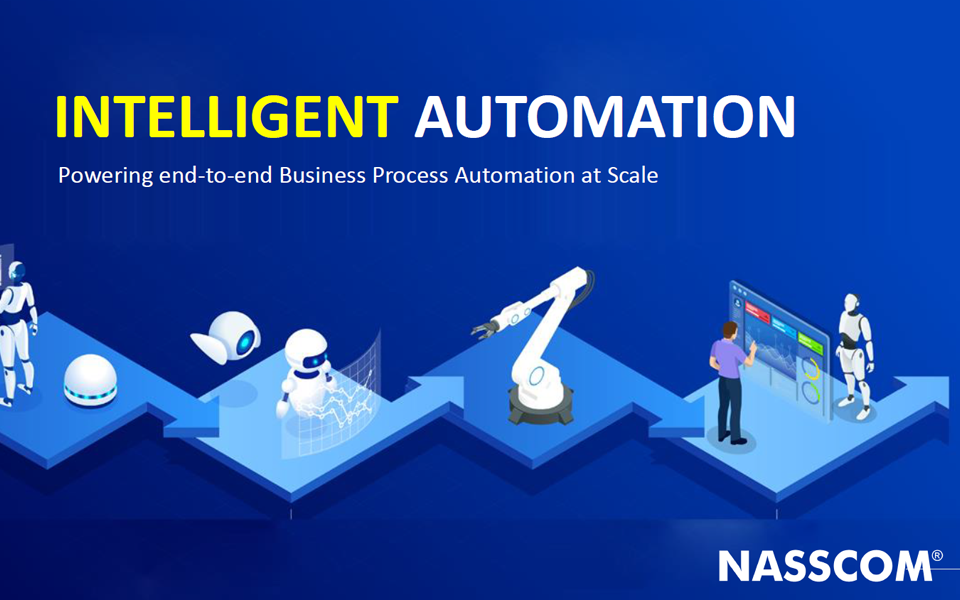In the wake of the pandemic, enterprises are faced with more complexities than ever before. It’s not enough to simply automate specific tasks or functions; businesses must adopt a holistic approach that leverages the vast amounts of data available to them. This unstructured data, generated from various sources, offers valuable insights that can help businesses anticipate outcomes, identify patterns, and overhaul customer experiences. Intelligent technologies such as Machine Learning, Computer Vision, and Natural Language Processing can be integrated into automation workflows to significantly enhance operational efficiencies, reduce costs, and foster collaboration between human and digital employees.
For small and medium-sized businesses (SMBs), the potential to uplift operations through automation is immense, yet many remain unsure of where to start. To navigate this landscape effectively, it is vital to have a structured approach that includes identifying key areas for automation, selecting the right tools, and implementing them in a step-by-step manner.
Firstly, SMB leaders should assess their current workflow to determine which processes can benefit from automation. Common areas that can be streamlined include customer service, sales processes, inventory management, and data analysis. For example, if your customer service department regularly handles repetitive inquiries, this is an area ripe for automation. By identifying such pain points, businesses can focus their efforts on automating tasks that will yield the highest return on investment (ROI).
Once the focus areas have been established, the next step is to choose the appropriate automation tools. Tools like Make and Zapier are particularly user-friendly and designed to simplify the integration of different applications. By setting up workflows on these platforms, SMBs can connect various data sources, automate repetitive tasks, and ultimately improve productivity. For instance, if you are using a helpdesk platform like Zendesk and a CRM like Salesforce, you can create a workflow that automatically pulls customer information from Salesforce whenever a ticket is created in Zendesk. This reduces the time employees spend switching between applications and ensures they have all necessary information at their fingertips.
Following tool selection, the implementation process begins. The key here is to start small. Pick one workflow that is critical to your operations and build an automated solution that addresses that specific need. For instance, you might begin with automating email responses for frequently asked questions. By integrating email parsing tools with chatbot functionality using platforms like Make or Zapier, you can provide instant answers to common queries without requiring human intervention.
As you roll out automation, it is equally important to monitor its effectiveness. Utilize analytics tools to track performance and identify any potential bottlenecks. This phase often reveals unexpected insights that could prompt further automation opportunities. For example, if you find that a significant number of customer inquiries bypass existing automated responses, this could indicate a need for improving existing workflows or expanding automation to address additional common questions.
Another essential aspect of harnessing automation is ongoing education and adaptation. The landscape of technology is constantly evolving, and the capabilities of AI and automation tools are continually being enhanced. Regularly updating your skills and knowledge will ensure that your business stays ahead of the curve. Consider joining forums, online courses, or workshops focusing on AI and automation to keep abreast of the latest advancements and best practices.
However, automation is not without its risks. Data security should be a top priority, especially as more processes become automated and involve sensitive customer information. Ensure that any tools you choose comply with relevant regulations and best practices for data protection. Additionally, the human element should not be overlooked. As you automate more processes, keeping your team informed and invested in the changes is crucial. Automation is meant to augment human capabilities, not replace them. Encourage employees to upskill and adapt to their new roles, focusing on higher-value tasks that require human insight and creativity.
Ultimately, successful automation can lead to a considerable ROI, yielding benefits such as increased productivity, reduced operational costs, and improved customer satisfaction. As complex tasks become automated, employees can focus on strategic initiatives that drive growth. A study by McKinsey has found that businesses that invest in automation technologies can achieve a productivity boost of up to 40%.
In summary, small and medium-sized businesses have the opportunity to leverage intelligent automation not just as a tool for efficiency, but as a crucial component of their digital transformation strategy. By methodically assessing workflows, selecting appropriate platforms like Make or Zapier, testing diligently, and continually adapting, SMB leaders can capitalize on automation’s potential to reshape their operating models.
FlowMind AI Insight: Embracing automation is a journey rather than a destination. By approaching automation strategically and focusing on continuous improvement, SMBs can not only harness the full capabilities of AI technology but also position themselves effectively for future challenges and opportunities.
Original article: Read here
2025-08-19 13:45:00

